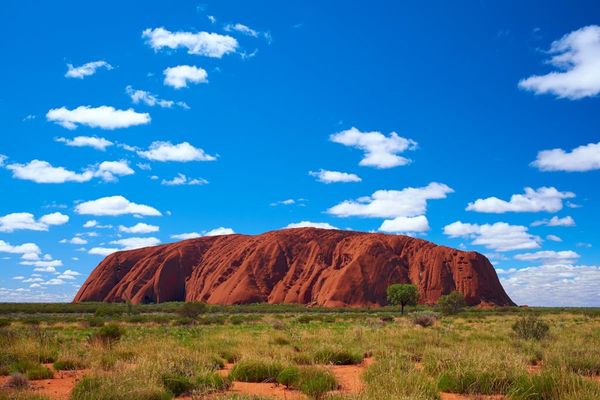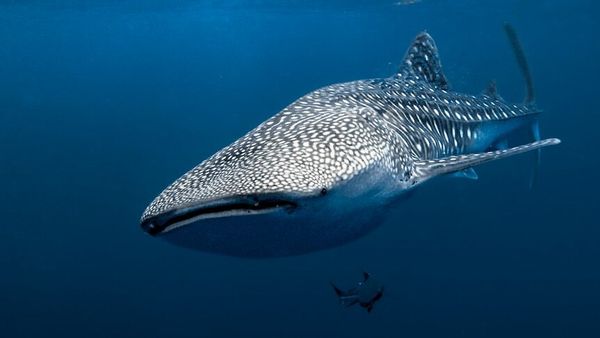Parts of a major Western Australian coral reef system have been left dead after a "traumatic" marine event this year.
Coral Bay, on the state's Ningaloo coast, is named for its spectacular coral reefs, which are a major tourist drawcard alongside pristine beaches, turquoise water and diverse marine life.
In March, a coral spawning event killed 16,000 fish at Bill's Bay, the town's premier snorkelling spot.
Spawning is a natural phenomenon, but this year unusual wind conditions trapped spawn in the bay where they decayed, starving the fish of oxygen.
Curtin University coral conservation and research group lead Zoe Richards says a dive last week showed the ecosystem is still suffering.
"There was an incredibly vibrant coral garden throughout Bill's Bay; now all of that is dead and covered in algae," Dr Richards said.
She says the devastation stretches for about a square kilometre and is not limited to coral.
"Clams, abalone, cowrie shells, even the coralline algae are dead," she said.
"It's a very traumatic and destructive event that's happened."
Tourists to swim further afield
Fraser McGregor is a local tourism operator and marine researcher with Murdoch University.
He could not just see the dead reef; he could hear it.
"On a healthy reef, you've got all the clicking and the sounds of a healthy reef, at the moment all you've got is the crunching of the algae-feeding fish," he said.
Mr McGregor noted holiday-makers can still see healthy reefs, but now they must swim a little further.
"I don't think people are turning away, they've just got to go out a bit further to get out to the nice stuff," he said.
That requires extra caution than when people could see coral straight off Bill's Bay beach.
"We've planned a snorkel trail that gets them through the areas," Mr McGregor said.
Coral comeback?
Both Dr Richards and Mr McGregor are confident Bill's Bay can become a vibrant ecosystem again within five years — provided there are no severe cyclones or marine heatwaves.
"Across the wider Ningaloo reef, there's still plenty of healthy coral that will hopefully serve the recovery of Bill's Bay," Dr Richards said.
That surrounding, healthy coral is expected to spawn around March next year, and if the weather conditions are right it should kickstart new growth.
"The young recruits should all come into Coral Bay and settle — it's a clean slate," Dr Richards said.










